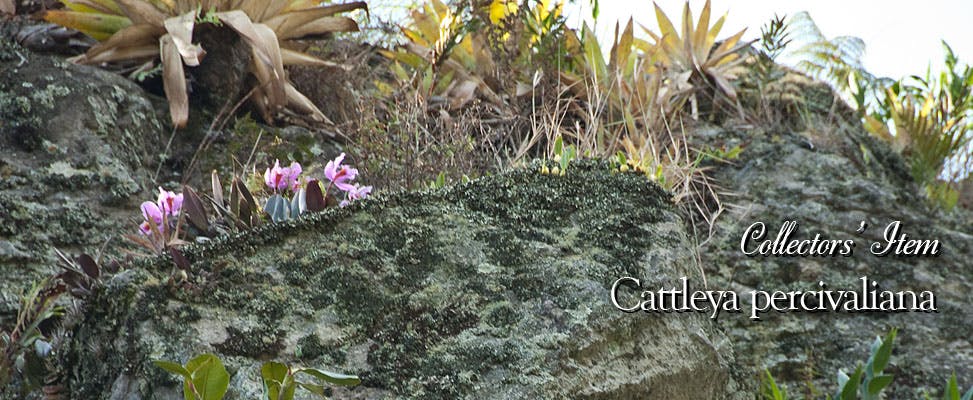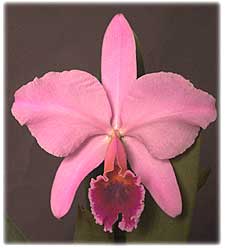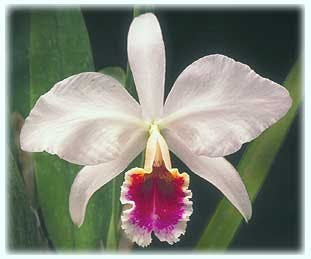
Although Cattleya percivaliana 'Sonia de Urbano' appears to be an alba form, it actually has a faint trace of pigment



Although Cattleya percivaliana 'Sonia de Urbano' appears to be an alba form, it actually has a faint trace of pigment
Cattleya percivaliana was discovered in 1881 by William Arnold, a collector for the firm of Sanders. The plants were found in the Venezuelan Andes. When originally described by Reichenbach a year later, it was given only varietal status. Reichenbach favored the concept that all of the labiate cattleyas were merely varieties of Cattleya labiata, a concept which persisted well into the twentieth century. In 1883 James O'Brien gave it specific status in the same publication in which Reichenbach first mentioned it, Gardener's Chronicle.
Cattleya percivaliana is primarily a Venezuelan species from the northwestern mountains although it has been reported from neighboring Colombia as well. The species is generally found between 1400 - 2000 meters but seems to be adaptable to lower elevations. Indeed, even growers in warm sea-level South Florida can grow C. percivaliana without problems. It usually grows as an epiphyte, but is also found growing lithophytically on rocky cliffs where it receives nearly full sun.
Generally, Cattleya percivaliana is a somewhat smaller plant than other labiate cattleyas with the total height around a foot. Flowers are produced 2-6 in the autumn or winter. In nature, they bloom earlier but we always see them at Christmas and the species is often referred to as the "Christmas Orchid". The form of the flowers is generally better than the typical form of other labiate cattleyas; they are fuller and flatter although sometimes smaller. The full form of the flowers has been an attraction to hybridizers, C. percivaliana has been used as a parent more than 130 times.

C. percivaliana 'Summit' FCC/AOS
Although the typical color is pale orchid lavender, there are numerous other color forms and several awarded greges with C. percivaliana 'Summit' FCC/AOS perhaps being the most widely known. Some varieties are known as "grandifloras" and suspected to be tetraploids. Another notable "Perci" is the albescent C. percivaliana 'Sonia de Urbano' which has several awards in its native country. The flowers have the faintest trace of color offset by an old gold lip. C. percivaliana 'Carache' is a well-known semi-alba grex with a richly-colored lip, the lip color approaching burgundy wine.

C. percivaliana 'Carace'
Cattleya percivaliana is a rewarding, easy-to-grow species that belongs in any collection that includes cattleyas. Here in South Florida we grow the species in 6-8" clay pots using lava rock as a media. Farther north fir bark might be more appropriate. We water the plants 3 or 4 times a week during the growing season and a day less during winter. They are grown bright with only about 30-40% shade. Labiate cattleyas can also be successfully grown mounted providing that you supply ample water. - G. Allikas

Get notified when orchid vendors have special promotions and exclusive savings.
